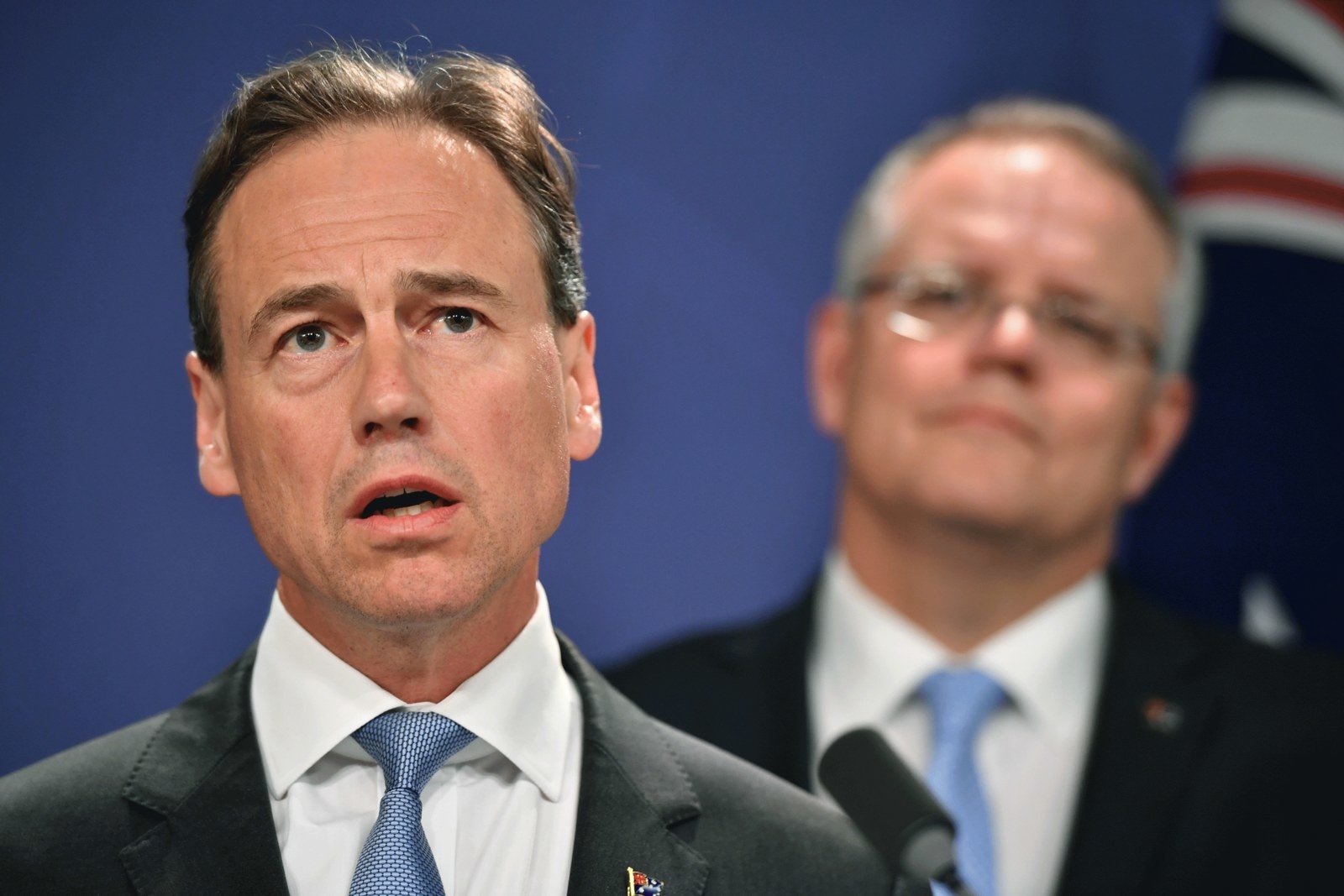"Vulnerable" families are going in "blind" to Australia's opaque in-vitro fertilisation industry, which operates as a "secret society" by withholding the success rates of individual fertility clinics, Centre Alliance senator Stirling Griff says.

"We have all known people who have tried for months and even years [to fall pregnant using IVF] and they've switched clinics and fallen pregnant," Griff told BuzzFeed News. "But it is very difficult for you to determine which clinics are the good performers or poor performers because that information is kept from you."
On Thursday Griff gave a second reading of a motion calling for greater scrutiny of the IVF industry. The motion is yet to be debated or voted on.
Griff believes an industry that is "heavily propped up by taxpayers" should operate with greater transparency.
"There are many operators who do the right thing and others who mislead," he said.
The "beauty of transparency", Griff said, is that clinics with lower rates of success would either "get out" of the industry or lift their performance.
But David Molloy, who chairs industry body the Fertility Society of Australia's IVF Directors' Group, said it wasn't that simple.

"When you have publicly accountable pregnancy rates, the best way to make a pregnancy rate look good is not to treat difficult patients," Molloy told BuzzFeed News.
"Those that are older, whose that have low egg counts, those that have a poor reproductive history... some clinics might decide not to help those patients.
"You have to make a decision: are you going to have a pregnancy rate centric clinic or a patient centric clinic?"
Molloy, who is also Queensland Fertility Group's medical director, said patients were already provided with an "extensive amount of information".
"To be fair, the IVF industry has, from 1975 onwards, funded an independent report with the result of every IVF cycle in Australia on an annual basis and the only bit missing from this reporting is the clinic specific pregnancy rates."
The report, a collaboration between the University of New South Wales' National Perinatal Epidemiology and Statistics Unit, is funded by the Fertility Society of Australia and provides a national overview of assisted reproduction treatment outcomes.
It doesn't name the clinics but shows a general variability in clinic success rates — the most recent results from 2016 show live birth rates varied from 11.6% for the worst performing clinic to 32% for the top performing clinic.
The industry was already "on track" to meeting the recommendations made by the motion, Molloy said.
"The answer to Senator Griff's motion is that we are working on this anyway," he said.
"We are now setting up a project to look at individual clinic pregnancy rates and we are hoping to deliver that through 2020."
A spokesperson for health minister Greg Hunt said the minister supported increased transparency in the IVF sector.

"The minister is currently working with the sector on how this can be done to provide greater information for patients," the spokesperson told BuzzFeed News.
"We have recently funded research into male infertility and for the development of a predictor tool to help couples assess infertility and their treatment options."
Griff told parliament on Thursday that this wasn't about publishing "league tables" but about giving consumers the facts they need to make informed choices about their treatment.
"As consumers we have the power to research most things before we make a decision to buy or employ a service — even for something as trivial as a new appliance — so why shouldn't we also be able to do it when making some of the most important decisions of our lives?" he asked in the Senate.
